-
Your shopping cart is empty!
Menu
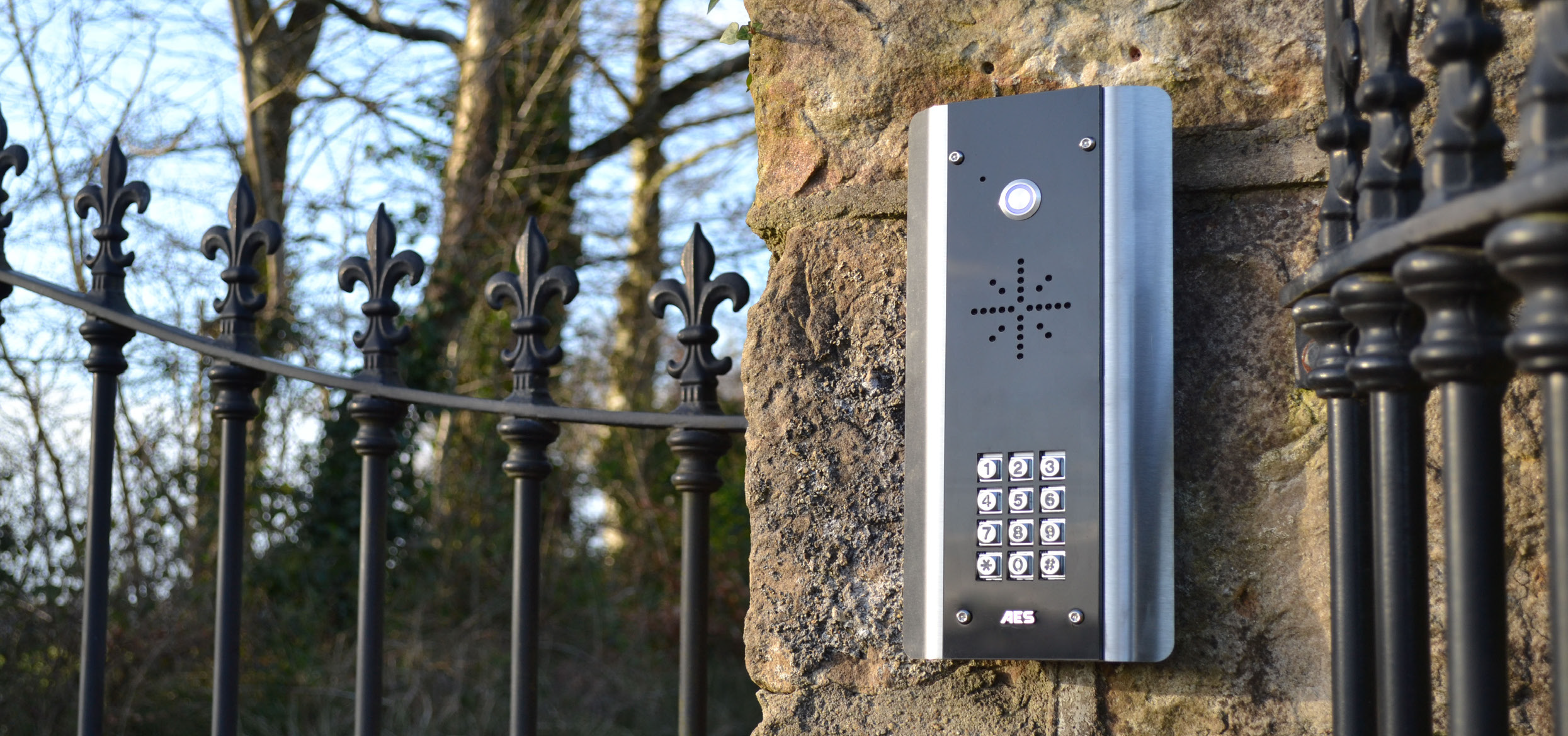
As security awareness grows, we are often asked about the essential elements of an effective access control system. These systems, including gate controllers, electric locks, access cards, and data access management controls, play a crucial role in maintaining the security of both commercial and residential settings. Providing a seamless blend of physical and digital security, they grant or deny access based on pre-determined rules. But how exactly do these components come together to form a robust security mechanism? Read on, as we explain the intricate workings of access cards and control systems.
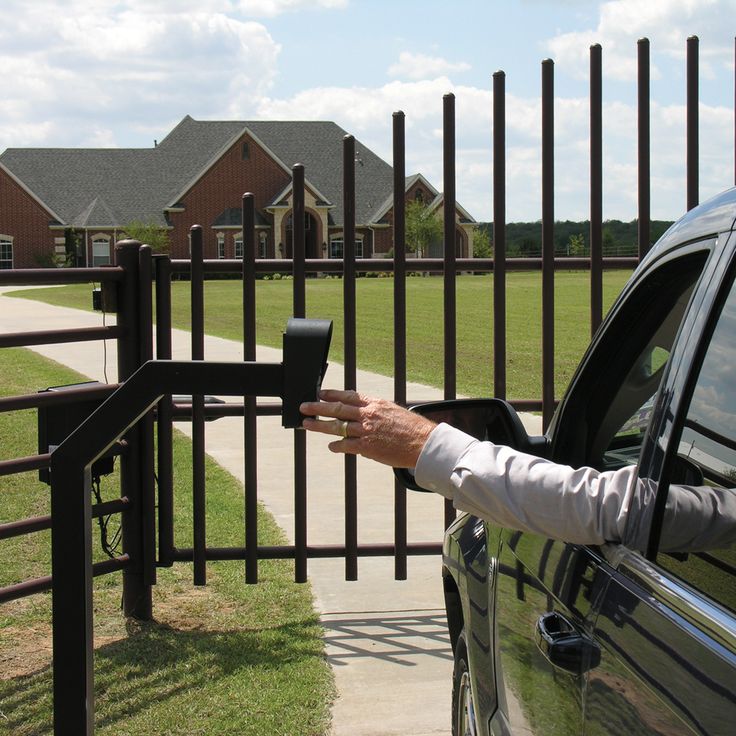
In today's rapidly evolving digital landscape, we acknowledge the pivotal role played by robust access control systems in bolstering security and safeguarding premises. Through their various components, these systems guarantee access control rules so that only authorised personnel can gain access to restricted areas or sensitive data. A sophisticated access control system is like a virtual gatekeeper, deciding who can enter or leave, thereby safeguarding the integrity of the premises.
Access control systems have continuously evolved to meet changing security demands. From traditional lock-and-key methods to advanced biometric systems, access control has come a long way. Today, these systems aren't just about granting or denying access; they've evolved to manage user permissions, control access activity, verify identities, and authorise processes, based on defined policies.
Linkcare Gate Automation specialises in cutting-edge access control solutions, customised to meet your specific requirements. We recognise that each property has its own unique security requirements, and we're here to assist you in navigating them, ensuring that your security is never compromised. Our access control systems are designed to offer you peace of mind, knowing that your premises are well-protected.
Functional Overview: What Access Control Systems Do
Understanding the core functions of access control systems - authorisation, identification, authentication role-based access control, and accountability - is essential to appreciating their role in safeguarding our homes and businesses. Access control systems regulate entry and exit from buildings or networks through key components including gate locks, card readers, and biometric scanners.
Authorisation is the step whereby the system decides who can access what. It's like giving someone a key to a specific gate. Identification takes place when the system recognises who a user is, often through a username or ID card. Authentication verifies the identity of the user, ensuring that they are who they claim to be. This can involve passwords, biometric data, or physical tokens. Authorisation also includes person-to-person, as is the case with intercoms where you will be able to grant access through your gate yourself.
Finally, accountability involves recording every action and event, making it possible to audit who accessed what and when. It's a pivotal component for tracing any unauthorised access or anomalies.
All of these components of an access control system work harmoniously to protect our physical and digital spaces. From gate locks and front gates to advanced biometric scanners, these systems are our first line of defence against unauthorised access.
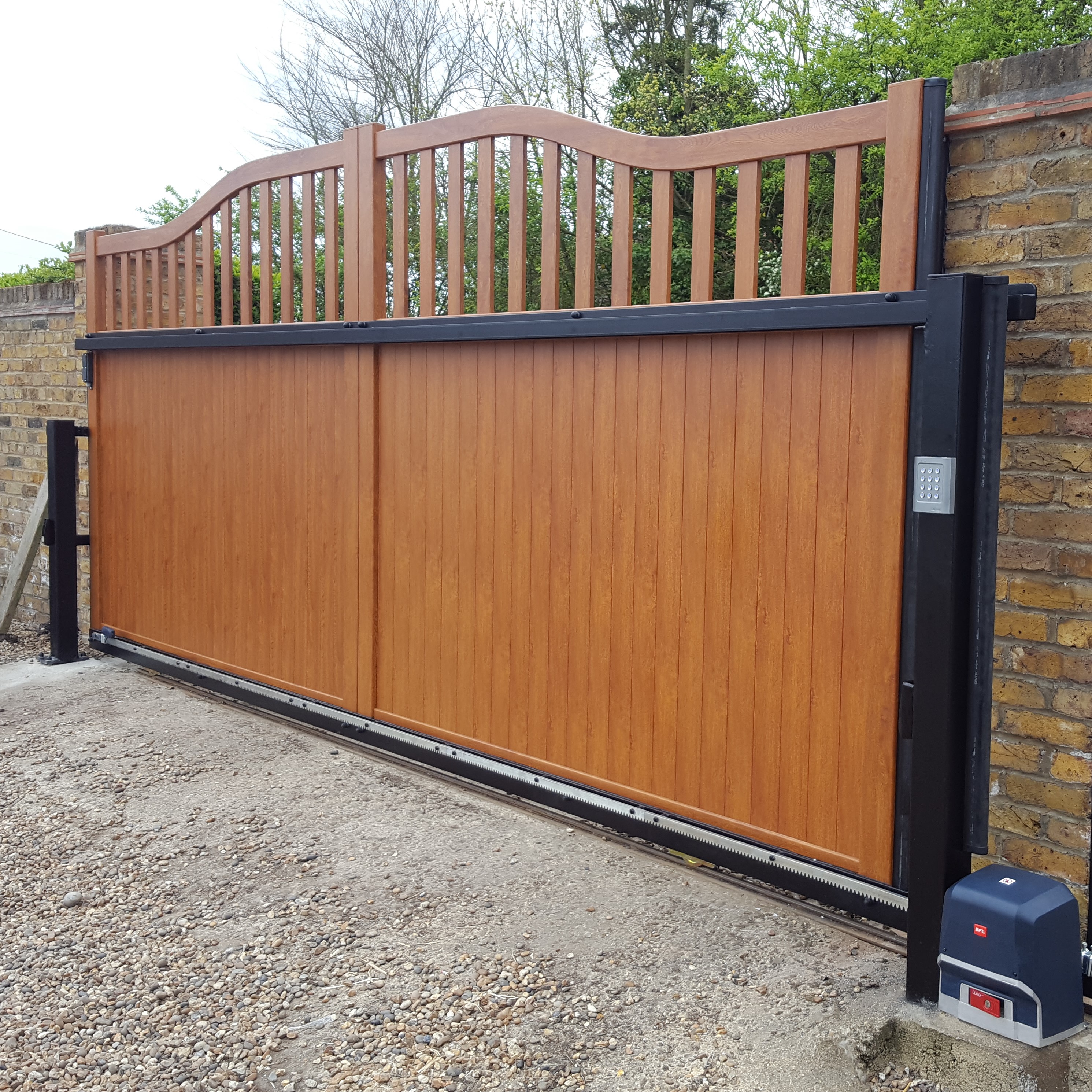
When comparing commercial and residential access control systems, it's important to consider the unique security requirements and solutions for businesses and private homes. Commercial access control systems are designed to handle more complex needs, such as multiple users, various levels of access, and integration with other security systems. On the other hand, residential electronic access control systems are generally simpler, focusing on controlling entry to a single dwelling, often integrating with home automation systems.
Here are some key differences:
Beyond the financial benefits and enhanced property value, access control systems play an indispensable role in safeguarding our assets, employees, and families. The benefits of installing access control are manifold, offering solid defences against unauthorised access that could potentially harm our homes, workplaces, or loved ones.
Access control systems greatly reduce risk in several key areas:
In essence, access control systems are an investment in security. They not only protect our assets but also create more secure environments for our employees and families. We can't underestimate the value of such thorough protection. It's not just about reducing risk - it's about enhancing one’s quality of life through reassurance and peace of mind.
Here, we will explain the different types of access controls and essential components that contribute to an effective security setup. At the heart of these systems are control panels, a critical component for managing the communication between the system's various parts.
Control panels serve as the brain of access control systems, storing user data, managing permission levels, using access data and making critical decisions based on the system's settings. They work hand in hand with gate controllers, another pivotal component, which controls the physical access points.
Gate controllers are compatible with devices such as push buttons, keypads, key switches, and proximity readers, each providing varying levels of security and user convenience. For instance, keypads require PINs, while proximity readers allow access through a simple wave of a card or tag.
Intercom systems also enhance security and communication by requiring verbal confirmation before granting access, thus adding an additional layer of safety.
In both residential and commercial settings, these components collaborate to strengthen access control systems, ensuring they manage security effectively and in a user-friendly way.
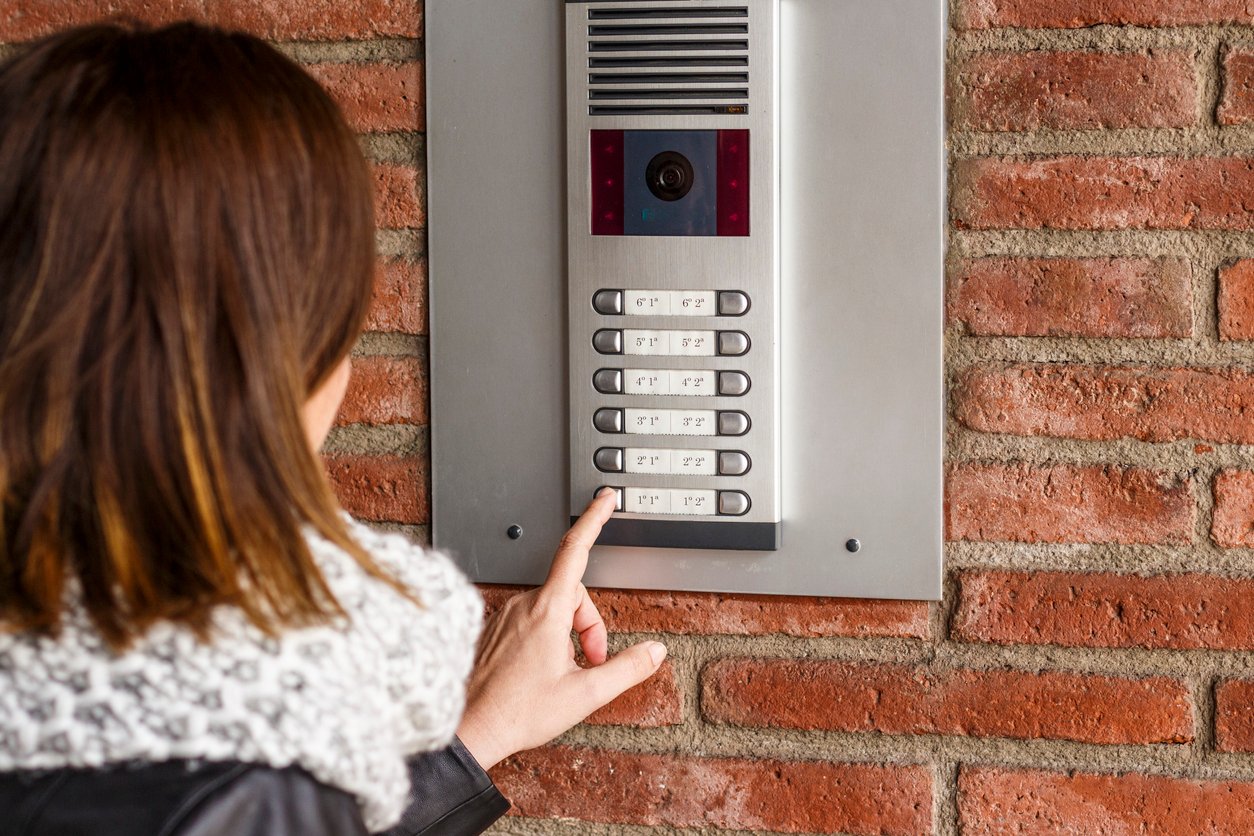
The first method is radio technology, which provides a wireless option that simplifies installation and expansion by eliminating the need for physical wiring. It also allows for remote access and control, which can be particularly beneficial in large or complex facilities.
The next communication method is GSM Technology. GSM, or Global System for Mobile Communications, is a standard developed to describe protocols for second-generation (2G) digital cellular networks. It provides a secure and efficient method of communication between devices and access control panels, within an access control system.
The major benefit of GSM technology is its universal acceptance and use. This means that devices using this technology can communicate effectively regardless of location, making it ideal for multinational organisations with multiple facilities.
Integrating these communication methods into an access control system can significantly improve its functionality and efficiency. Not only do they provide secure and reliable communication, but they also offer flexibility and scalability, making it easier to adapt the system to suit changing requirements.
Wireless communication methods such as Wi-Fi technology, leveraging existing network infrastructure for seamless device connectivity. This technology supports high data transfer rates, enabling complex security features like real-time video surveillance and sophisticated authentication processes. Wi-Fi's ubiquity and ease of deployment make it ideal for both temporary setups and extensive, high-security environments.
Investing in an automated gate access control system not only boosts security by restricting unauthorised entry but also significantly increases property value. By using an access control system, we can greatly elevate the security level of our properties. This heightened security acts as a deterrent for trespassers and unauthorised persons, ensuring the safety not only of the property but also the people and valuables within.
Implementing an access control system for automated gates is a strategic investment. The upfront cost is offset by the long-term benefits of higher security and increased property value. Additionally, it's not just about financial gains. The peace of mind that comes with knowing your property is secure is invaluable.
Consider the options available at Linkcare Gate Automation. Our comprehensive range of swing and sliding gate automation products, combined with advanced access control systems, offers exceptional security. Not only do these systems restrict unauthorised entry, but they also show that the homeowner is security conscious and can be seen to be protecting their home. Therefore, installing an access control system is a wise investment that yields multiple benefits.
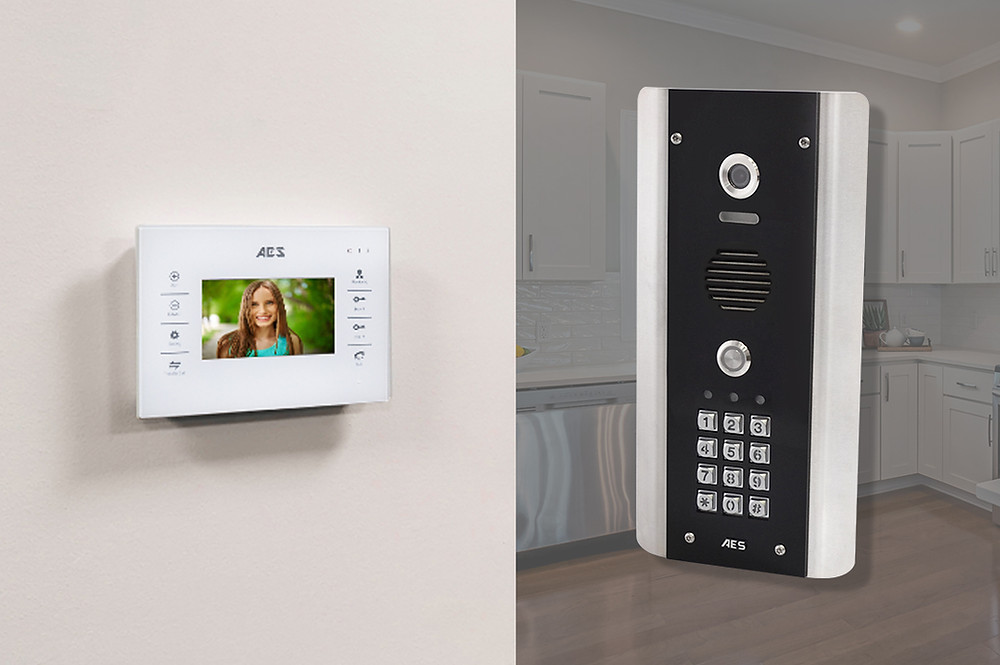
An exploration of some advanced features, such as biometrics and multi-factor authentication, reveals that their integration with other security measures offers a more comprehensive solution.
Biometric technology uses unique identifiers, such as fingerprints or facial recognition, for identity verification. This provides an additional layer of security, reducing the risk of unauthorised access.
Multi-factor authentication combines several verification methods, including knowledge (passwords), possession (cards or tokens), and inherent traits (biometrics). This increases security by requiring more than one form of proof to authenticate a user.
System integrations take security and access control components a step further. By integrating the access control system with other security measures, such as CCTV or alarm systems, we can create a comprehensive security solution. For example, by integrating the advanced access control systems from Linkcare Gate Automation with automated gates, you’ll have amplified security, allowing for monitored and controlled access to your premises.
In summary, we've seen how the innovative hardware components of access control systems play pivotal roles in bolstering both organisational and residential security. Additionally, we've explored how gate controllers, electric locks, access cards and intercoms work together to create a robust security system that keeps unwelcome intruders at bay while providing immediate access to authorised individuals.
Leave a Comment